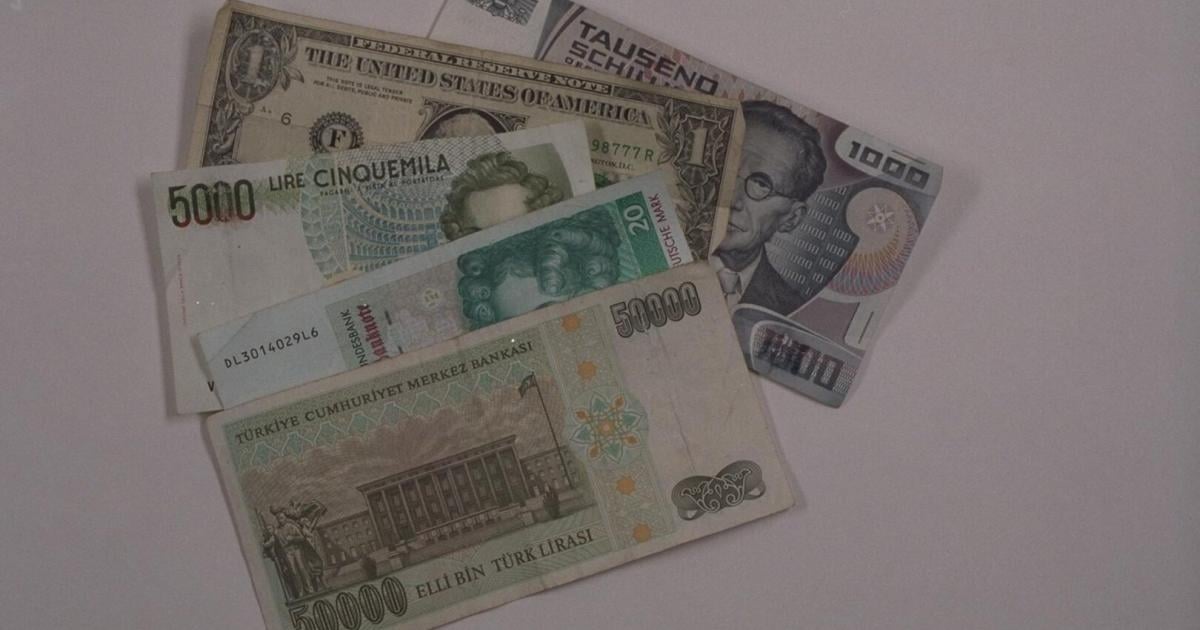100 years ago – on March 1, 1925 – is the Schilling introduced has been – after the collapse of the monarchy and the hyperinflationary devaluation of the Predecessor currency Krone.
The Austrian Schilling was from 1925 to 1938 and from 1945 to the introduction of the euro statutory payment of the republic. The euro came on January 1, 1999 as a book money. In 2002 he became the tangible means of payment of the Austrians and in more than 20 other EU partner countries.
The one founded in 1923 Austria National Bank (Oenb) had taken over the difficult legacy from the central bank of the monarchy to contain the hyperinflation and stabilize the currency, the National Bank recalled in a broadcast on Friday. After Austria from the League of Nations Auxiliary loan The currency reform succeeded with the edition of a profound renovation of the economy: The Schilling Calculation Act was adopted on December 20, 1924.
10,000 crowns for 1 schilling
In it, the introduction of the schilling from March 1, 1925 and a conversion course of 10,000 crowns to 1 Schilling decided. 1 euro is 13,7603 Schilling forever.
“The new currency did not bring people suddenly in the period after hyperinflation, but in a row that lost trust back into money“, says the OENB director responsible for payment transactions, Eduard SchockAbout the beginning of the shilling.
Still seven billion shillings in circulation
For the very boy: a shilling divided into 100 groschen. The smallest coin, which was widespread until the end, was the “Zehnerl” – ten pennies. Such a “Zehnerl” has the equivalent of 0.007 euros (i.e. 0.7 cents). It was gladly collected.
And, as reported by the APA at the turn of the year, are always Almost 7 billion shillings in circulation. A good 495 million euros have not yet been exchanged.
Shilling nostalgic and money fans can also look forward to the second half of 2025. The central bank’s monetary museum in Vienna is then devoted to the Schilling alias Alpendollar and its Introduction 100 years ago. The “hard currency”, which was linked to the D-Mark from the mid-1970s, was the currency of the Alpine Republic from 1925 to 1938 and from 1945 until the euro.
Also new at the time
The desire for stabilization also found a visual form of expression in the new main building of the OENB on Otto-Wagner-Platz. Its opening took place on March 22, 1925 almost simultaneously with the edition of the first Schilling banknote, the 100 Schilling, on March 26, 1925. The simple, but from the National Bank’s point of view but “security mediating building” on the Alsergrund (9th district), was the result of a radical revision the original plans from the monarchy, which would have provided a gigantic banking palace with a tower on Alser Strasse.
